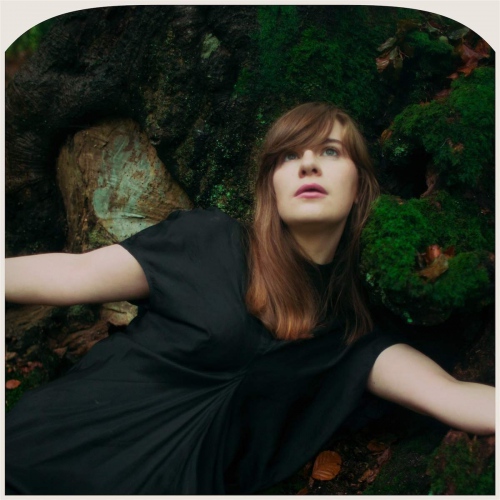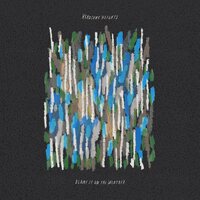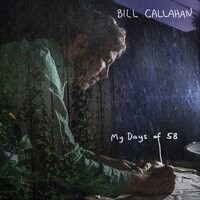'Sleepmoss is a romantic eulogy to autumn and winter. A time for peaceful inner reflection, amidst the backdrop of British woodlands, dramatic skies and turbulent storms. Finding peace with mental health and being mindful of the beauty in death and endings.' 'Sleepmoss', the second album from Meemo Comma a.k.a. Brighton-based producer Lara Rix-Martin, is an adventurous, unusual and very contemporary sonic take on the impact of landscape. It's a kind of storytelling, inspired by the shifting landscapes of her daily walks with her dog on the South Downs. Discussing her under-the-radar debut album 'Ghost on the Stairs' with Aimee Cliff at The Fader in 2017, she noted how she is 'drawn to eerie sounds in my work.' This fascination remains on 'Sleepmoss' but the context has changed from the interior and inwards gaze to a much wider, wilder viewpoint. Lara describes her new record as being 'about getting lost in the sumptuous divinity of the dark months in Britain. It is in many ways the opposite reflection of 'Ghost on the Stairs' which was about internal processing of sounds, specifically human speech. The last album was almost an exorcism of issues troubling me but this album is about the glory of solitude and the richness of romance that can be found in nature.' 'Sleepmoss' challenges us to rethink our perceptions of the 'pastoral' and to look at nature afresh with new eyes. For not only are the landscapes around us an escape: much more lies there, it's this turbulence we need to find peace with, and Sleepmoss grapples with the physicality of the landscape in a fresh and intuitive way. Rix-Martin notes 'Musically, we have never truly embraced rugged landscapes in their full glory and I felt this when I thought about the many different composers over the centuries, their work seemed uptight and far too human in scale. For instance Vaughan Williams had unquestionably beautiful moments in The Lark Ascending, but it's too clean, too controlled. I wanted to channel a take on classical music that was hyper-real, focusing on letting the elements speak to us, not the other way around.' A visual influence is J.M.W. Turner - 'his work with changing light and storms that are raw and expressive.' and the abstract way in which Turner boldly revealed both horror and beauty (some would say 'reality') is reflected in the sonic approach throughout Sleepmoss. The album's timeline starts out with summer's end, and the feeling of the air changing. Within this timeline, Rix-Martin describes the drama of her songs as visual stories. 'The sounds around us are totally different depending on the season, I always assumed it was to do with the change in water vapour and heat in the air. Summer is much too high pitched and spiky.'  To pull out a couple of our favourites, the songs 'Night Rain' and 'Murmur' are 'the story of predator and prey, death and life, one fortifying the other while a storm rumbles. The next morning the woods are clear birds sing in the breeze from the night's storm.' 'Sleepmoss' captures not only a unique perspective on nature but like nature itself, reflects the shifting times we live in. As Rix-Martin points out, Nature is often seen as 'something to be controlled, neatened, conquered.' Sleepmoss interprets and admires nature in all its glory.
- 1. Reaping
- 2. Night Rain
- 3. Murmur
- 4. Tanglewood
- 5. Winter Sun
- 6. Amethyst Deceiver
- 7. Windross
- 8. Lichen
- 9. Meadhead
- 10. Firn
- 11. Sleepmoss
- 12. Psithur
























